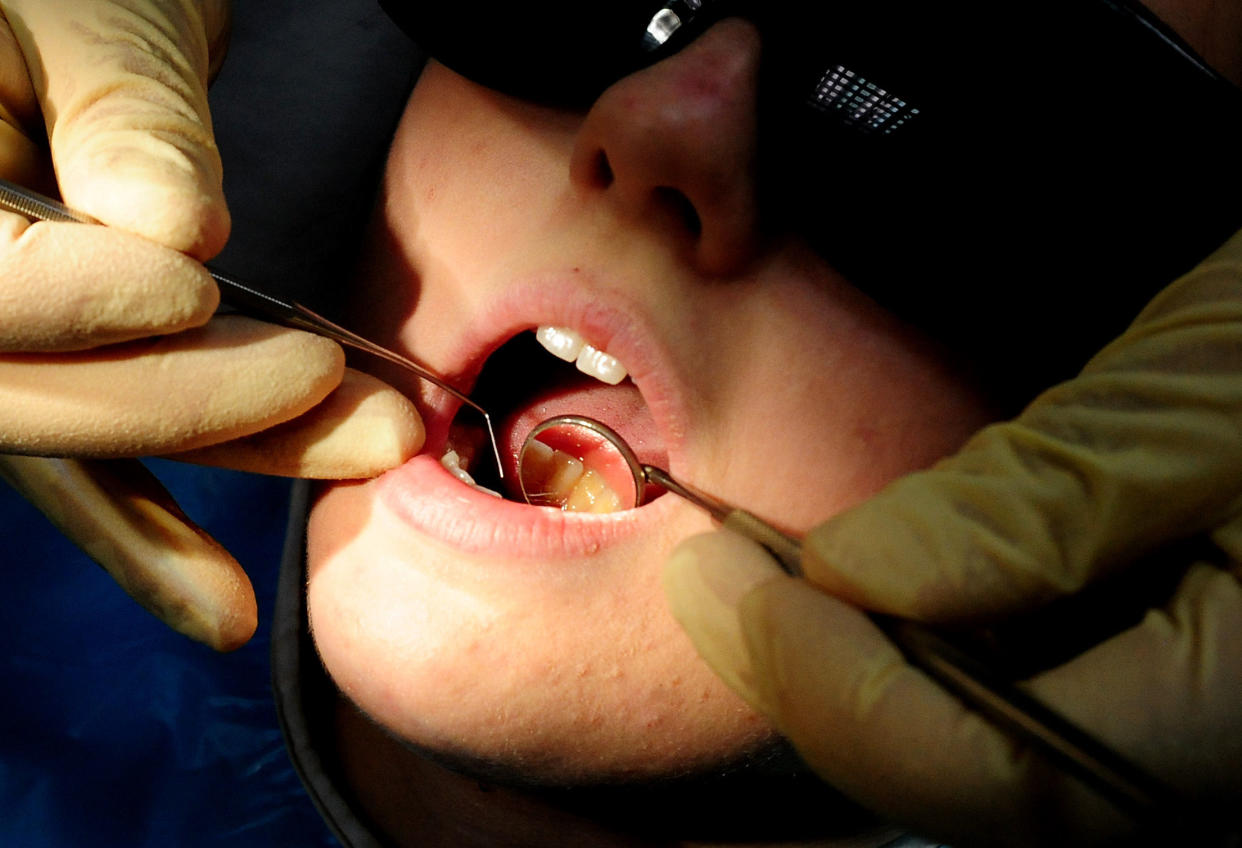Severe dental decay in children should be treated as a sign of neglect, experts warn

Getting children to keep their teeth clean is no mean feat – but there could be more at stake for parents than a few fillings.
According to dentistry experts, severe dental decay in children should be treated as a sign of wider neglect and should prompt a referral to local safeguarding teams.
Researchers at London’s King’s College Hospital said two out of five (40%) children who needed oral and maxillofacial surgery due to dental decay over a two-year period were already known to social services.
Their findings had led to the introduction of new measures if children are admitted to A&E with dental or oral and maxillofacial infections, including a risk assessment for neglect.
The authors of the study now want to see their review, which is published in the British Dental Journal, rolled out across the NHS.

Dental neglect is defined as the persistent failure to meet a child’s basic oral health needs, which is likely to result in the serious impairment of the child’s oral, general health or development.
Experts warn that ‘dentofacial or cervicofacial’ infection – infection affecting the face and neck – in children is avoidable but if left untreated can affect them for the rest of their lives.
MORE: Car sickness affects nearly one in five road users – and reading is the main cause
MORE: No sweets here – police issue posters for people to keep Halloween trick or treaters away from the door
Researchers said GPs are trained to identify neglect and should be made aware that acute dental infection can also be an indicator.
As part of their study, they looked at the patient data of children who attended King’s with a dental/oral maxillofacial infection that required surgery under general anaesthetic between January 2015 and January 2017.
During that period there were 27 children aged between two and 15 – the youngest at two years and three months, and the oldest 15 years and nine months.
Of those children, 11 (40.7%) were already known to social services before their hospital admission.
Study co-author, Kathy Fan – consultant oral and maxillofacial surgeon at King’s, said: “Dental decay in children is a preventable disease and access to NHS dental services is entirely free for children, therefore these children presenting late with acute dentofacial infection are suffering dental neglect that may be an indicator of wider neglect.
“Over half of the children we cared for were aged between five and eight, and indicates this age group is at greatest risk of harm.
“Sadly, by the time we treated the children they would already have suffered a sustained period of oral neglect, and probably been in pain.”
Consultant paediatric dentist and co-author Marielle Kabban added: “Where patients or carers repeatedly fail to access dental treatment for a child’s tooth decay or leave dental pain untreated, alarm bells should ring for clinicians to consider neglect.”

 Yahoo News
Yahoo News 
